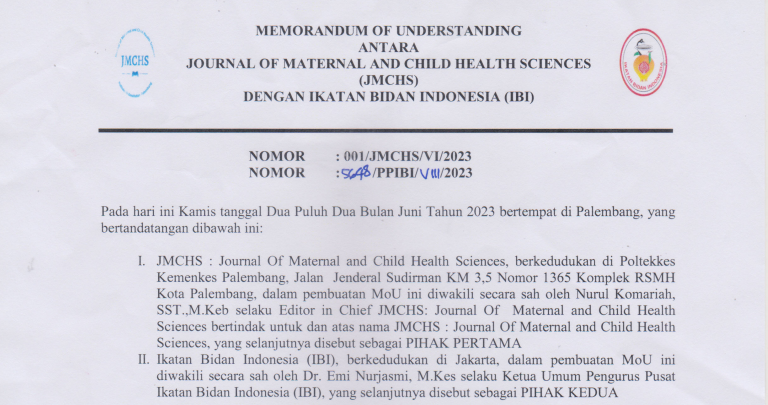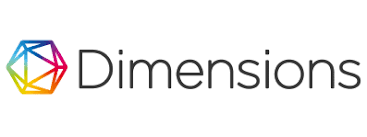Factors associated with the incidence of Hyperbilirubinemia in Neonates
Abstract
Abstract
Background: Hyperbilirubinemia defined as total serum bilirubin level≥5mg/ dL (86μmol/L). Hyperbilirubinemia is circumstances frequent transients _ found Good on baby Enough months (50-70%) as well baby premature (80-90%). Purpose: for know factors Which relate with incident hyperbilirubinemia on neonate in RSUP Dr. Rivai Abdullah Palembang year 2022. Method: research This is study descriptive approach quantitative , design cross sectional research . Population study Whole Treated neonates _ with hyperbilirubinemia in space neonates of RSUP Dr. Rivai Abdullah Palembang in 2022 totaling 102 respondents . Sample in study This done with technique non-random sampling in a manner total sampling as many as 102 respondents , Instrument research used _ record medical And checklist sheet . Analysis used _ is analysis univariate And bivariate . Test statistics used istest Chi Square . Results: chi square test obtained There is relationshiptype sex(p value = 0.03 <0.05), OR = 2.641, there is relationship age pregnancy (p-value = 0.007 <0.05), OR = 3.850, there is relationship breastfeeding (p value = 0.009 <0.05), OR = 0.038, There is no relationship infection (p value = 0.164 >0.05), OR = 2.421, There is no relationship hypoglycemia (p value = 0.633 >0.05), OR = 1.535 with incident hyperbilirubinemia Conclusion: There is relationship significant between type gender, age pregnancy and breastfeeding with incident hyperbilirubinemia, meanwhile infection And hypoglycemia There is no relationship significant with incident hyperbilirubinemia.
Copyright (c) 2023 Journal of Maternal and Child Health Sciences (JMCHS)

This work is licensed under a Creative Commons Attribution-ShareAlike 4.0 International License.
Authors who publish with this journal agree to the following terms:
- Authors retain copyright and grant the journal right of first publication with the work simultaneously licensed under a Creative Commons Attribution License that allows others to share the work with an acknowledgement of the work's authorship and initial publication in this journal.
- Authors are able to enter into separate, additional contractual arrangements for the non-exclusive distribution of the journal's published version of the work (e.g., post it to an institutional repository or publish it in a book), with an acknowledgement of its initial publication in this journal.
- Authors are permitted and encouraged to post their work online (e.g., in institutional repositories or on their website) prior to and during the submission process, as it can lead to productive exchanges, as well as earlier and greater citation of published work












